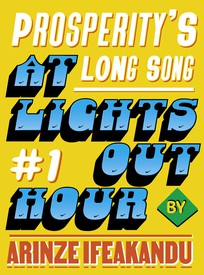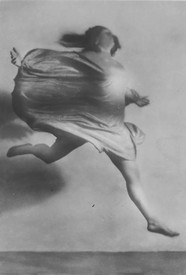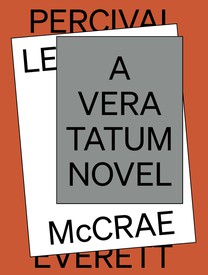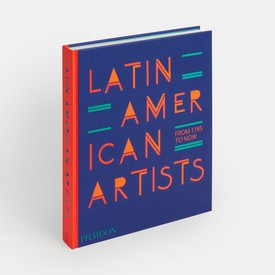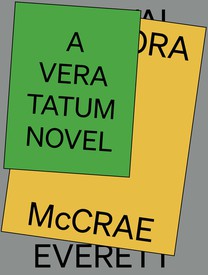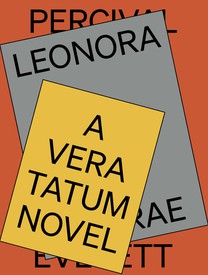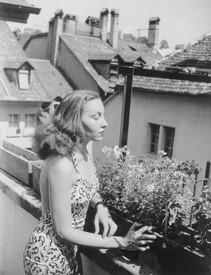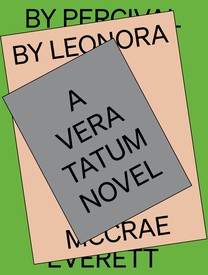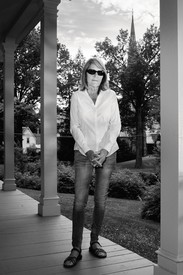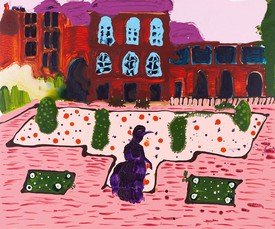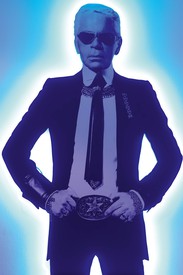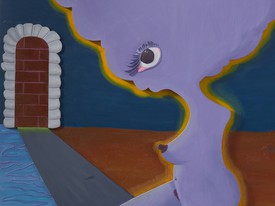
Francine Prose’s most recent novel is The Vixen (2022). Other books include Caravaggio: Painter of Miracles, Peggy Guggenheim: The Shock of the Modern, Reading Like a Writer, and Lovers at the Chameleon Club, Paris 1932. The recipient of numerous grants and awards, she writes frequently about art. She is a distinguished writer in residence at Bard College.
It was believed that a spirit named Rock Baby dwelt in the rock and made rock paintings. If one returned to a rock art site and found that more images had appeared, they were said to be the handiwork of Rock Baby. If one touched a rock painting and then rubbed one’s eyes, sleeplessness and death could result. The images thus possessed inherent power . . . they were not merely pictures.
—David Lewis-Williams, The Mind in the Cave: Consciousness and the Origins of Art, 2002
She has no word for memory.
No one knows what memory is. Something happened, then it stopped. Then something else happened. Or didn’t. Or the same thing happened again. Each moment is only itself.
Here was one thing that happened: they didn’t know which animals tasted good. So they killed them all.
Ant hill. Tree. Red rock. Dead tree. Big root. River bed. Tree. She knows the way out, and then the way back, how to leave and come home.
Another thing happened just before: the grasses were taller than she was. She ran. She heard voices calling her. She ran.
The women thought she’d been killed by an animal, then eaten or not eaten, depending on how she tasted.
The men thought she’d been eaten by an animal.
Everyone wondered which animals tasted good.
No one was allowed to paint on the walls. Someone drew a tiger, and one man had a dream and then every man had the same dream. In their dreams the tiger came alive at night and jumped off the walls and ate them while they slept. The women dreamed that the animals on the walls roared so loud and all night, every night, that no one could sleep, not ever, and so they all died.
After those dreams they had to move to a clean place, a new place, with nothing on the walls.
They believed that they had to move. But why?
It wasn’t what Rock Baby wanted.
Rock Baby wanted to speak.
Rock Baby waited.
After the first time the animals came to her, and surrounded her, and let themselves be killed for her, the others let her do what she wanted.
She was the only one allowed to paint on the walls.
That was how she met Rock Baby, but Rock Baby already knew her. Rock Baby knew her from before. Rock Baby had been watching her. Rock Baby made the animals come.
This was what happened: she ran and got tired and stopped. She smelled the animals before she saw them. She closed her eyes. The smell got stronger. One animal came, then another, another. They sniffed her hands and rubbed up against her. She smelled them and felt their hot sticky breath. Then she fell asleep.
When she woke, the animals were all there, surrounding her, all of them gathered around her. Some were sleeping, some grazing, some nursing their young, some staring at her with their deep wet eyes. The big brown furry ones with the hooves and curved horns, the curly tails and pointy chins. The shy thin golden ones also with curved horns, the black and white ones, the long-necked blotchy ones, the pink birds, the bird with the rat in its beak, the golden ones that roared, the big black cats with the blue eyes, the ones who looked like us, who had faces like us.
The animals trusted her. They were friendly and curious. None of them had ever seen a little girl. Not one. Or maybe the birds, but from too high up in the sky to know what kind of creature she was.
She knew not to be afraid.
They made grunts and wheezes and rumblings. Squawks.
They were telling her not to be frightened, but she knew that.
They were the ones who should have been afraid, but none of them knew that. None of them knew, not even her.
She and the animals weren’t asleep. Nor were they awake.
She heard the voices calling her, voices sliding over the sand, the noise of their feet like bad weather, or some disturbance deep in the earth.
She told the animals to run away, but they wouldn’t. She closed her eyes. She heard people shouting, animals screaming. She opened her eyes and saw the women killing the animals because they thought they would hurt her. The men killed them because they were afraid they would hurt her and also because they didn’t know which ones tasted good. They killed them because they didn’t know which ones were good to eat, so they killed them all.
The people had been hungry, but now they had plenty to eat. All because of her. Because of this thing she could do. Making the animals appear.
She had made the animals come. She’d made them come to her.
After that they had plenty of food. More than they could eat. The cooking-meat smell was delicious. She was the only one who couldn’t eat. Her head was hot. She shook with cold. She slept and dreamed and saw the animals. Still alive. Not yet food.
The animals told her they didn’t mind, but she didn’t believe them.
It happened again. Ant hill. Tree. Red rock. Dead tree. Big root. River bed. Tree.
She didn’t know if the animals were the same or different. They had to be different. Did they know the dead ones?
She didn’t know what made her run. Maybe because she was hungry.
This time, when they found her, no one thought that the animals were going to hurt her. Now they knew which ones tasted good. They killed them all anyway.
Why not? The people were scared of the animals.
They feasted without her again.
After that she could do what she wanted. She could call the animals: food. All at once, in one place. No one had to go out hunting, looking for them. She found the animals. They found her.
Now she didn’t have to go out when the others went out. She could leave and come back when she wanted, though now someone followed her to see if the animals came. Sometimes the animals did come, sometimes they didn’t. They came when she was hungry, but then she couldn’t eat.
When the animals came, they killed them. There was nothing she could do.
The thing that she was sorry for was that it happened more than once. Once, and then again.
Her body changed and changed again.
None of the men would touch her.
One night Rock Baby said: Wake up.
The rocks were glowing, casting a beam of light across the ground, over the sleepers.
Rock Baby said: Follow the light.
A pile of red dust shone in the moonlight.
Rock Baby said: Scoop it up in your palm. Spit in your hand.
Now listen to what I’m saying.
The first time it was just her hand. Rock Baby told her to spread the paste all over her hand and press it flat against the wall. She did it again and again and again.
It wasn’t till they built a fire that she and the others saw what she had done.
Her hands were all over the walls.
The red paint was still on her hand.
They knew right away who’d done it.
She laughed, and the others laughed too.
They didn’t tell her not to.
One man and then other men and a woman heard hands clapping all night, and they couldn’t sleep, and they all moved to another room, deeper away from the light.
She was afraid that she’d left Rock Baby behind in the room with the hands.
But one night Rock Baby said: I’m still here. That was me, clapping my hands inside the stone wall.
Rock Baby woke her and said: Now. Grab a coal from the fire.
The pain was so shocking she wanted to scream. She bit her hand instead.
Not a live coal, Rock Baby said. A dead one, from the edge.
In throwing the live coal back into the pit, she stirred up the flames. The room was unusually bright. She waited for the others to wake, but no one woke. Someone murmured, someone cried.
Rock Baby said: They’re dreaming.
Rock Baby told her what to do.
The animals were already in the rocks. Rock Baby showed her how to find them.
Here. Here. An antelope hoof.
Like this: the stripes of a tiger.
Here, then here: the head of a bear.
Something here: a horn, another horn.
Here, then here. Here, then here and again and again: a herd of bison.
A bison appeared, then a bear, then an antelope. She’d seen them before. They’d surrounded her out in the wild. The bison and the antelope had been good to eat, but not the bear. They’d killed it anyway.
They’d been inside the walls, and Rock Baby helped her find them. Rock Baby showed her how to find the animals inside the walls and put them on the outside of the walls, where they were no longer hidden, where they could be seen.
It didn’t bring them back to life. It didn’t say she was sorry for letting it happen twice. It didn’t say if it would happen again. If she would make it happen again.
It was a picture of the animals. That was all Rock Baby wanted.
This time no one complained about the pictures. They weren’t just lines on the wall. They weren’t wild beasts who would jump off the walls and kill them, animals whose noise would keep them awake till they died.
This time they were looking at food. Food of the past and the future.
The walls were covered with animals.
The bison were the color of blood.
Rock Baby said: That’s all.
Rock Baby said: The animals will be here. I will always be here with them.
She heard Rock Baby speaking to her. She had no word for always.
But she saw it, the future, as in a dream. She saw what Rock Baby meant.
“The Lives of the Artists IV: Rock Baby” by Francine Prose. Copyright © 2018 by Francine Prose. All rights reserved.
Read “The Lives of the Artists I: The Master of the Prophetic Clouds,” “The Lives of the Artists II: Prodigy,” “The Lives of the Artists III: Muse X Two”
